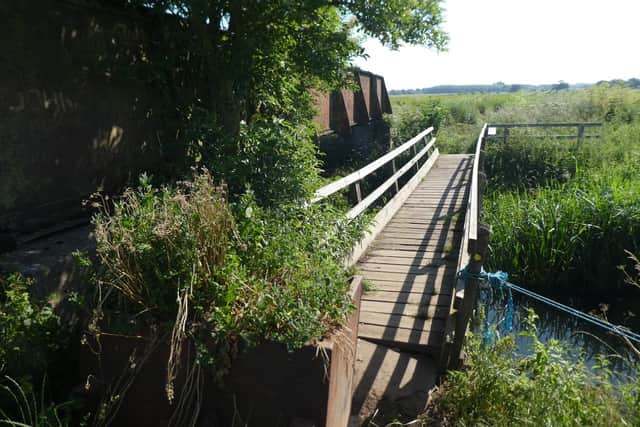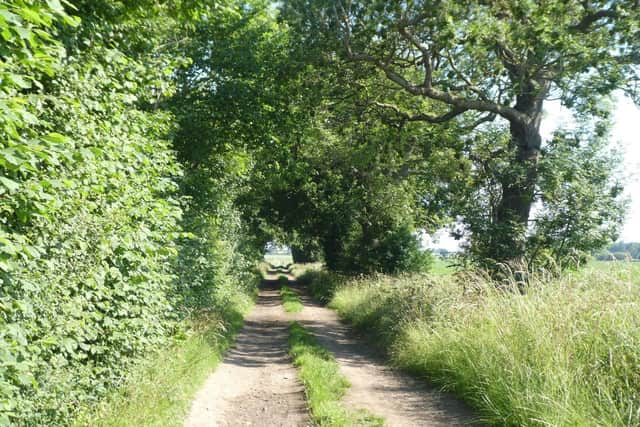Enjoy a stroll near Doncaster with a touch of history thrown in
and live on Freeview channel 276
Most of this 3.8-mile walk is on flat land, covered in water between about 500AD and the late 17th Century, when Thomas Tofield, of Wilsic, drained it following the canalisation of the Don.
The edge of the wetland was at about the 15-metre contour line and the modern settlements of Tickhill, Styrrup, Haworth, Sandrock, Limpool, Hesley and Old Rossington were established along the water’s edge.
Advertisement
Hide AdAdvertisement
Hide AdFrom the Buttercross in Tickhill, walk about 50m down Sunderland Street and turn left along Tithes Lane. Follow this route to Common Lane. Before Tickhill came into existence, after the Norman Conquest of 1066, there were Anglo-Saxon settlements at Lindrick and at Dadesley and Tithes Lane was almost certainly the route that connected these.


Turn right at Common Lane and continue over the A1(M), turning left at the end, following the track for about 150m, before turning left into Hopyard Lane.
Walk along Hopyard Lane, ignoring the path to the right after about 400m – this path was part of the Estfield-Limpool route across the wetland. Continue along the track, now walking alongside a dyke, for another 400m. When this track turns right, the right of way starts a cross field path. Aim for a low waymark among the trees opposite.
Cross this field, then the bridge over another dyke. The next section of the footpath is clearly marked across a field to a stile. This land belongs to a different landowner and the path is always re-instated. Stancil can be seen across this field.
Advertisement
Hide AdAdvertisement
Hide AdCross this stile. The field you are now in is a scheduled monument. In 1938, when starting to build a barn, a couple of skeletons were found. It was soon realised the skeletons were very old and the site was visited by R Smedley of Doncaster Museum, who undertook a small excavation, revealing stone walls and two more skeletons. This led to a proper excavation by Prof CE Whiting. A Roman villa was uncovered. He uncovered two rooms within a larger building, with the remains of a bath-house noted in trenches a little to the east; the walls in the excavated rooms remained standing to a height of 1m. Roman villas were not necessarily occupied by Romans, although being only about two miles from the Roman fort at Rossington, it could well have been. Roman villas were not only elite residences, but acted very much as farm estate management centres and it is highly probable that the estate managed from the villa would have managed surrounding farms.


About 80 skeletons, dating from the Anglo-Saxon period were discovered.
Stancil was recorded in the Domesday Book of 1085. Later, in 1397, poll records show 15 married couples and 27 people lived there, plus children. About 200 years later there were only four families in the settlement, and now just a single farm.
After leaving this field continue along the path in front of you, turning right as you reach the edge of a wood. Soon you reach a bridge over the River Torne. The path here is due to be closed until December 28, while a water main is installed.
If you wish to continue to Rossington, the track is clear and route obvious.